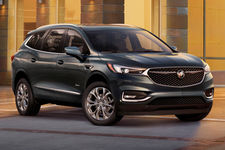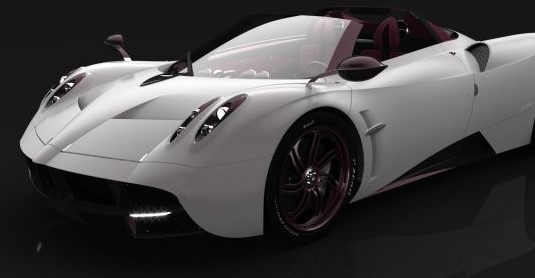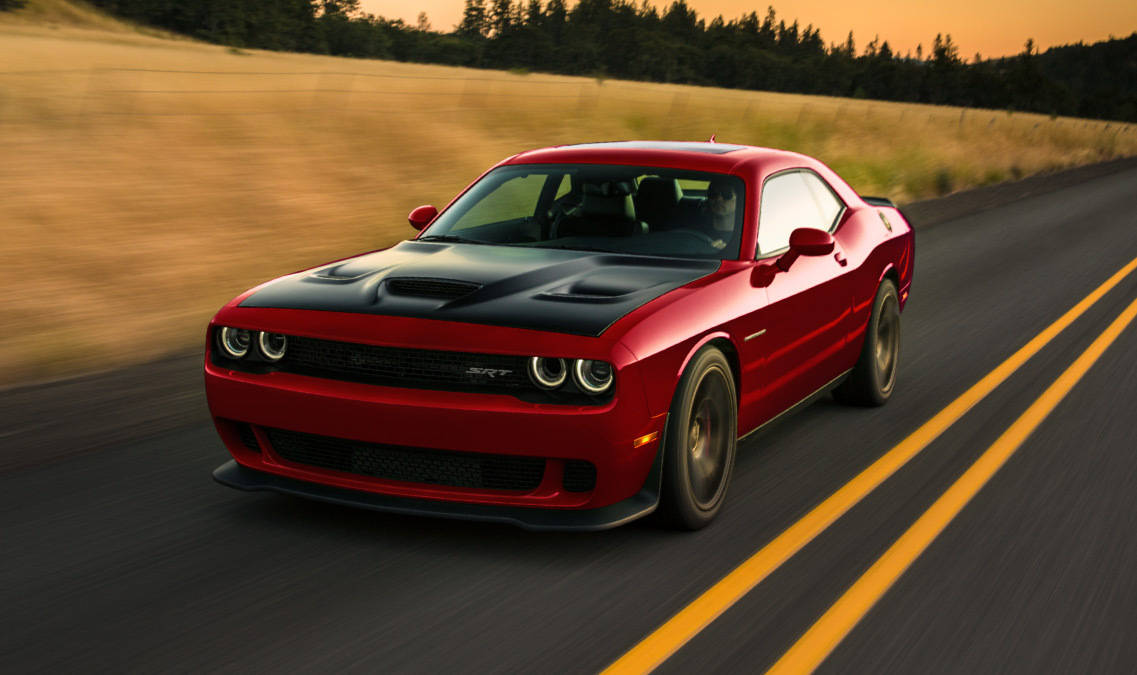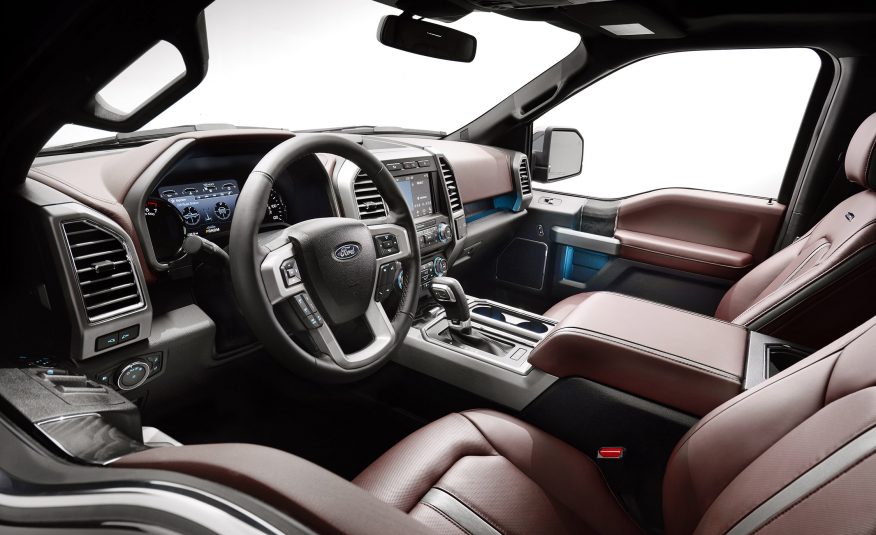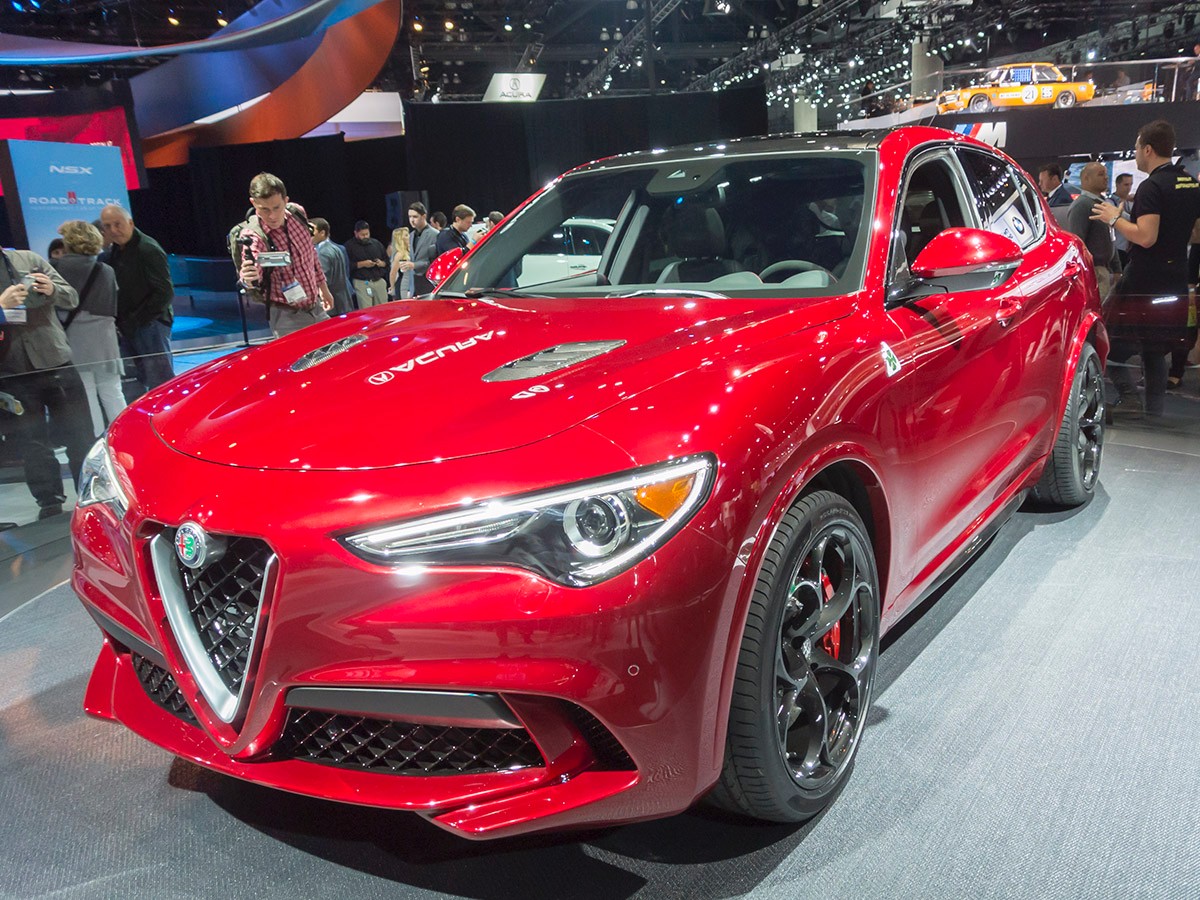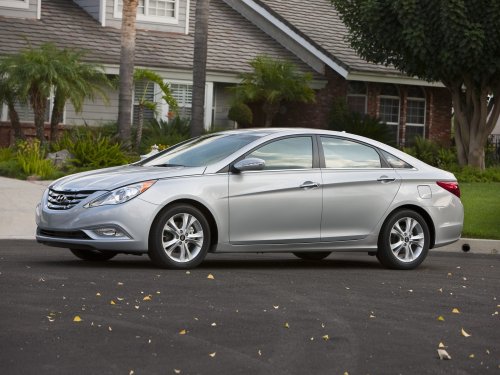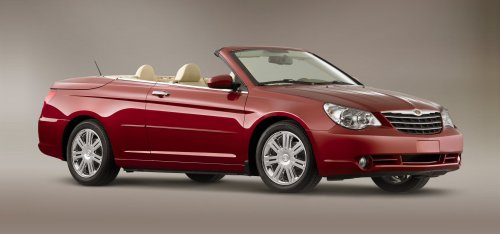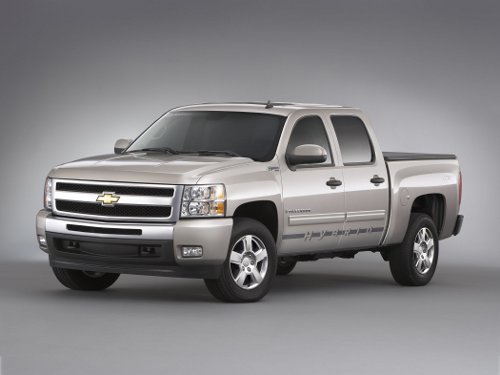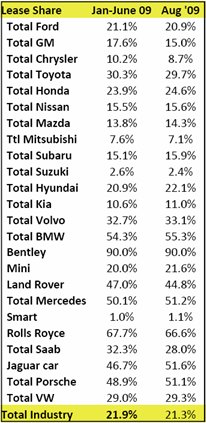-
2018 Buick Enclave “Avenir” will have ionic air purifier - April 12, 2017
-
Lease a Luxury Car for Less Than You Think - April 5, 2017
-
Shopping for a Car When Your Credit is Low - March 31, 2017
-
Aston Martin Closer to Unveiling Second-Generation Vantage - March 21, 2017
-
2017 Bentley Bentayga SUV: Offroad for $238,000 and Up - March 14, 2017
-
Pagani Huayra is Finally Here, Only $2.4M - March 9, 2017
-
Mercedes AMG E63 – For When Your Wagon Needs Drift - February 6, 2017
-
2018 Audi Q5 SUV: Enhanced Performance - January 30, 2017
-
2018 Toyota Camry Due in Late Summer - January 27, 2017
-
2018 Dodge Challenger SRT Demon Will Outstrip Hellcat - January 23, 2017
GMAC Takes Out $2.9 Billion in Loans in Order to Continue Offering Car Loans
GMAC has put up $2.9 billion in fixed rate notes for sale. The notes act like a loan backed by the FDIC and allow GMAC to raise money despite its financial troubles. According to the Wall Street Journal, GMAC lost $3.9 billion last quarter and needs the additional capital to continue offering car loans to customers.
This means that consumers shopping for a new GM or Chrysler car will still have the option of a car loan through GMAC. Financing through GMAC lets GM offer incentives like 0% interest car loans. Coming out of bankruptcy, GM needs strong incentives like no interest car loans and money back guarantees to convince buyers to consider a GM vehicle.
"Today’s news is consistent with our view that the government will continue as a financial backstop for GMAC," Thomas Fergusen, an analyst at KDP Investment Advisors, said. "GMAC’s fundamentals notwithstanding, in Washington the company is viewed as an integral part of the U.S. auto industry’s restructuring."
The notes are part of the FDIC’s Temporary Liquidity Guarantee Program, in which the FDIC agreed to back notes offered by GM in order to prevent a bankruptcy. The notes will mature in three years and buyers will earn 1.75% interest. The U.S. Treasury has already invested $12.5 billion into GMAC in order to keep the company afloat in order to prevent a further collapse of the U.S. auto industry.
